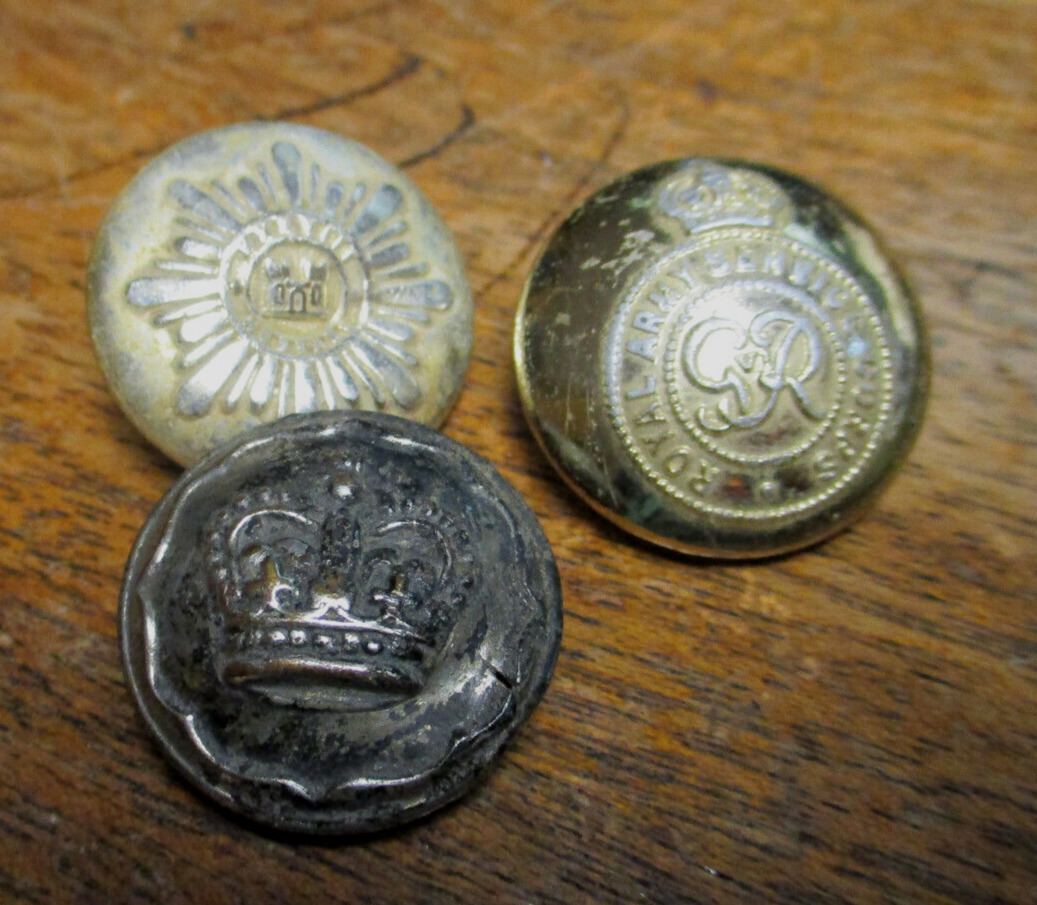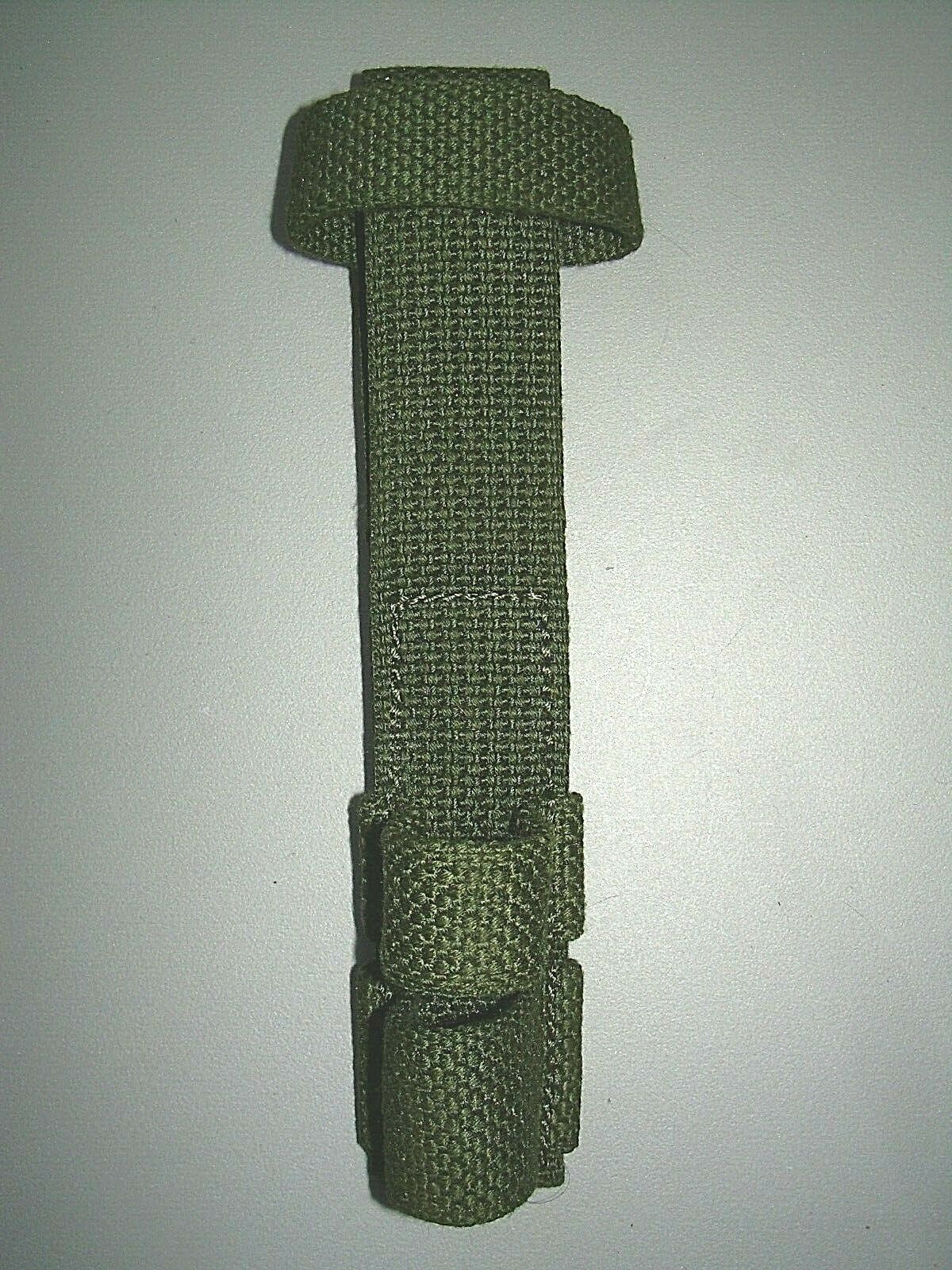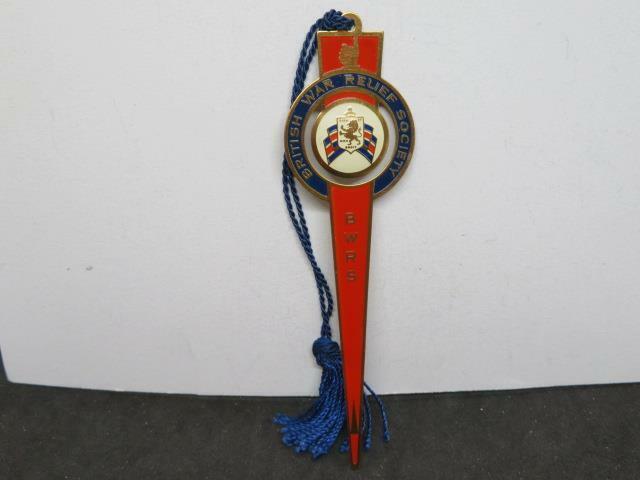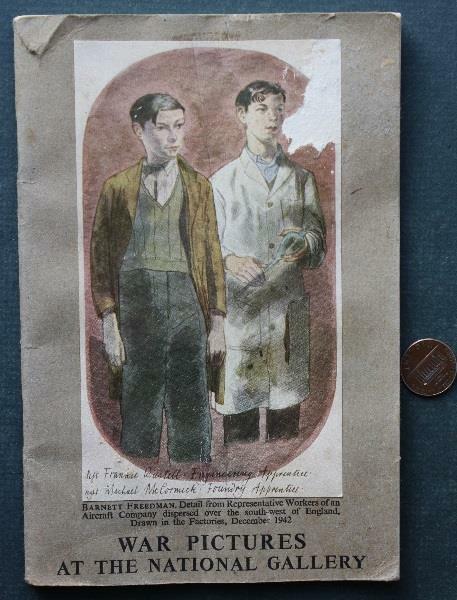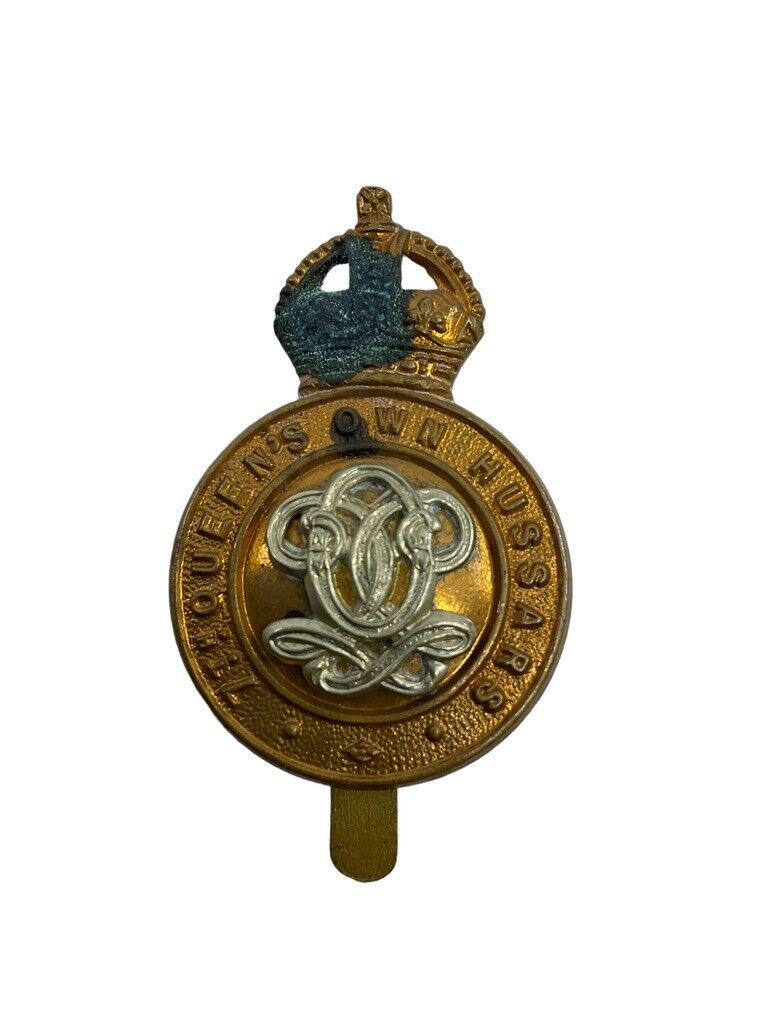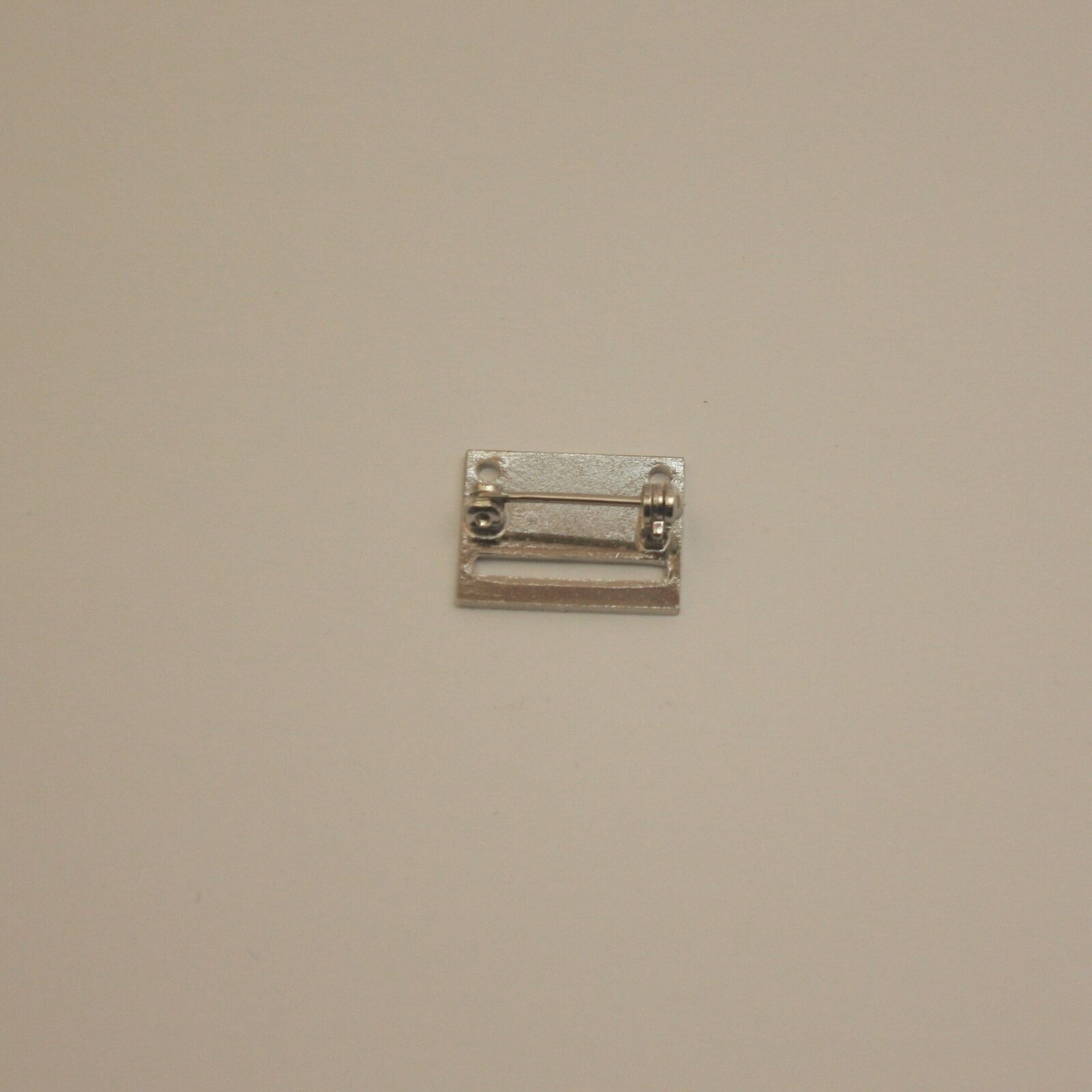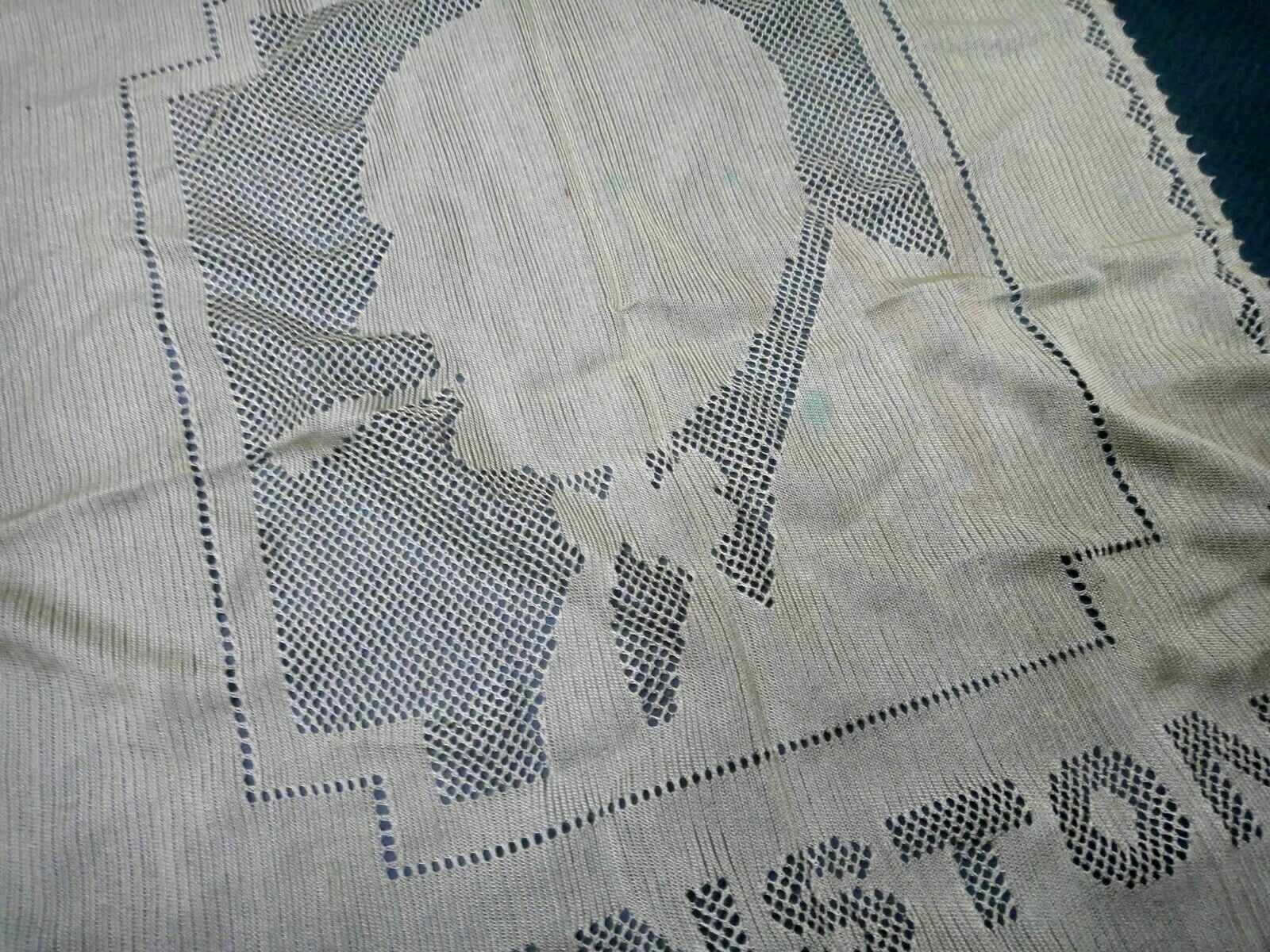-40%
World War II Royal Army Service Corps Ensign WWII WW2 RASC Flag Jack
$ 171.6
- Description
- Size Guide
Description
Wonderful large sized World War II Royal Army Service Corps (RASC) Ensign. The hoist is marked with the manufacturer's information, which is partly illegible. We can definitely make out that it was made in London in 1945, and bears a large British Broad Arrow property stamp - which is exactly what we want to see on an ensign such as this. The other side of the hoist is period marked "4 YD GS ENSIGN 50". In modern marker, someone has incorrectly identified this flag as "Royal Army Logistical Corps", and also the number "2355". Since this piece dates to the World War II period, this flag would be correctly identified as a "Royal Army Service Corps" ensign. The ensign features a double-sided, multi-piece construction utilizing wool bunting. Rope cords and wooden toggles present.The flag measures approximately 68" at the hoist x 144" in length.
The flag remains in good condition, showing signs of age, use, and wear. Period soiling is evident, as are random holes from actual use. Please see the pictures for more detail.
Guaranteed 100% authentic in every respect for life. Be sure to see our other listings for more historical antiques and militaria. Be sure to follow our store as new inventory is added daily.
Royal Army Service Corps (RASC) was responsible for the supply of technical and military equipment for the British Army. This included supplying Army military units on land, coastal areas, lakes, and in the air. It also provided supplies for the Army Fire Service, all office supplies for headquarters units, and domestic materials such as food, water, fuel, clothing, furniture and stationery, basically everything prior to 1965 when its functions were divided between other Corps and the RASC ceased to exist. Eventually it became the today's Royal Logistic Corps.
By the 1940s the swords on the earlier ASC ensigns had been made much larger. This image is based on the photograph of a flag on a launch of No.2 Motor Boat Company, RASC, in 1941. The badge was placed at the beginning of the British Empire section of the Admiralty Flag Book, on the same page as Diplomats, Colonial Governors, and General Officers Commanding, and not at the end of the section, on the page with the Ordnance/Artillery and Engineers badges. Perhaps the inclusion of 'staff officers' in the original title led to this curious arrangement, which continued for two more editions until 1930, when all the military maritime flags finally came together on the same page.
The main water-borne task of the Army Service Corps was routine transport, and the operation of firing ranges. Towed targets were provided for coastal artillery practice, together with safety-launches for all firing ranges. Over the years the scope of its operations expanded, so that whereas in the 1890s, it was transporting guns from the arsenal at Woolwich, down river to the test ranges on the north side of the Thames Estuary, in the 1960s it was maintaining guided missile ranges in the Outer Hebrides.
In Gibraltar, Malta, and possibly some other colonies where the governor was also commander-in-chief, the governor's launch was manned by the army, and flew the crossed swords Blue Ensign, rather than the Blue Ensign of the colony.
Minor watercraft operated by the British army fly a Blue Ensign with crossed swords in the fly. Commissioned ships of the Army (i.e. those commanded by commissioned officers) fly a Blue Ensign with the army badge in the fly. The ensign with swords only was once flown by all army-operated vessels; nowadays it is called the Royal Logistical Corps ensign and is restricted to vessels commanded by non-commissioned officers, though it may also be flown over appropriate shore installations. The present army ensign was introduced some time after World War II.












